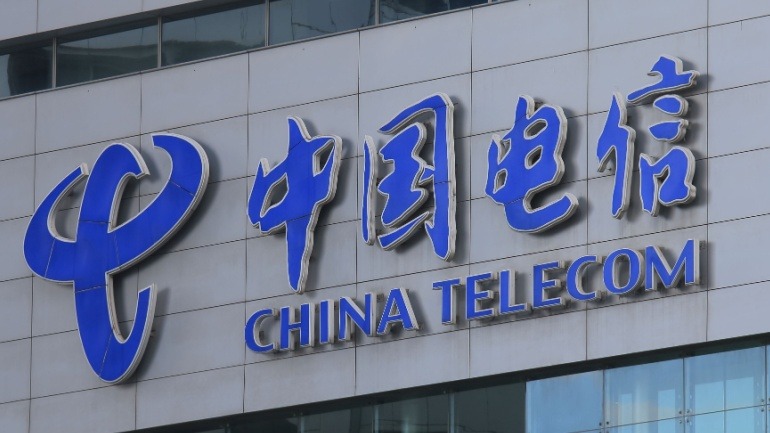China Telecom announced the early completion of the 10,000-km Asia Direct Cable (ADC), the first new submarine link in the Asia-Pacific in over eight years. Developed by a consortium, ADC delivers over 160 Tbps capacity, easing congestion and enhancing cloud and data services.
DIDWW is expanding its Emergency Calling services to China, offering businesses reliable access to Public Safety Answering Points. This enhancement ensures seamless emergency connectivity, promoting safety, compliance, and trust.
Chinese engineers have developed technology to sever undersea communication cables, sparking concerns over potential sabotage. Patents for devices intended to cut cables, including one by Lishui University, suggest a cost-effective method for disruption.
The U.S. Department of Commerce has tightened restrictions on China’s access to advanced semiconductors critical for military and AI technologies. New rules target manufacturing equipment, high-bandwidth memory, and compliance measures while adding 140 entities to the Entity List.
Apple’s attempt to expand AI technology in China is facing regulatory hurdles. China’s regulations require international players like Apple to collaborate with domestic AI providers.
China Unicom and Huawei have launched a groundbreaking 5G-Advanced network in Beijing, serving over 10 million people with speeds up to 10 Gbps. This large-scale deployment, leveraging AI and machine learning, optimizes network operations automatically, boosting efficiency and user experience dramatically.
MTN’s strategic partnership with China Telecom and Huawei leverages advanced technologies like 5G, IoT, and AI to enhance South Africa’s digital landscape. By prioritizing transformative services, this collaboration ensures improved connectivity and infrastructure.
China’s Ministry of Industry and Information Technology is propelling the mobile Internet of Things (IoT) sector with a robust plan to enhance supply chains, foster innovation, and boost industrial value. This strategy targets intelligent vehicles, healthcare, and smart homes, aiming to achieve 3.6 billion mobile IoT connections by 2027.
DIDWW has expanded its SIP trunking services to include local call termination in China and Hong Kong, enhancing communication solutions for businesses in East Asia. This service offers reliable, scalable voice services with flexible SIP settings, high audio quality, and an intuitive online portal, supporting seamless local and international communications across over 50 countries.
China is investing over $6.1 billion in data centers as part of its “East Data, West Computing” initiative. This project, launched in 2022, aims to balance data storage in the east with processing in the resource-rich west. The funding has established eight computing hubs, bolstering China’s digital infrastructure amid US sanctions.












